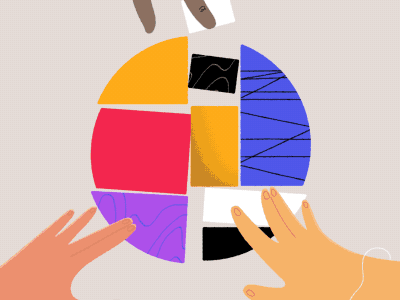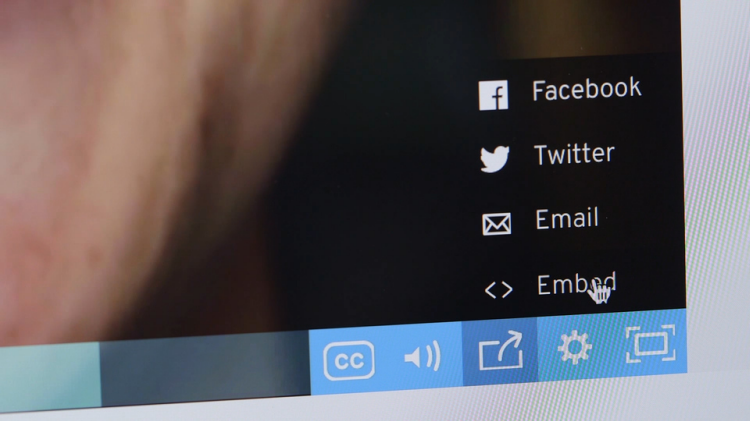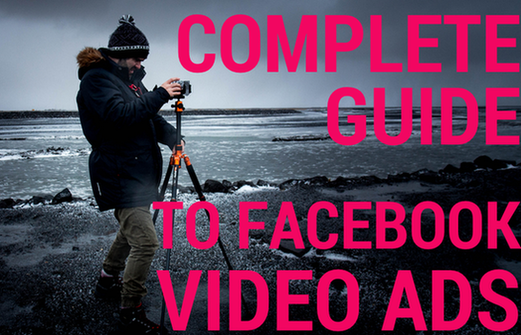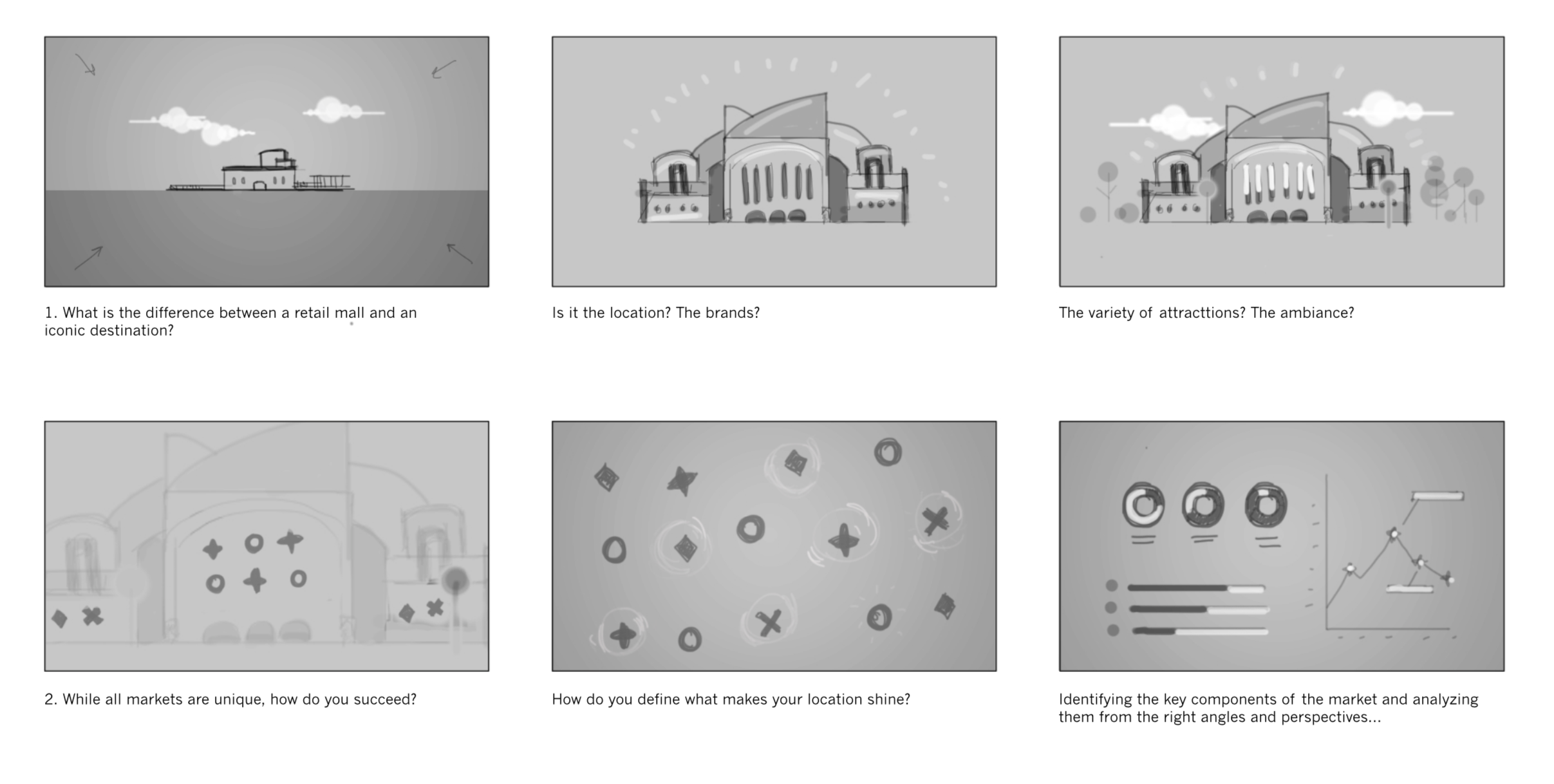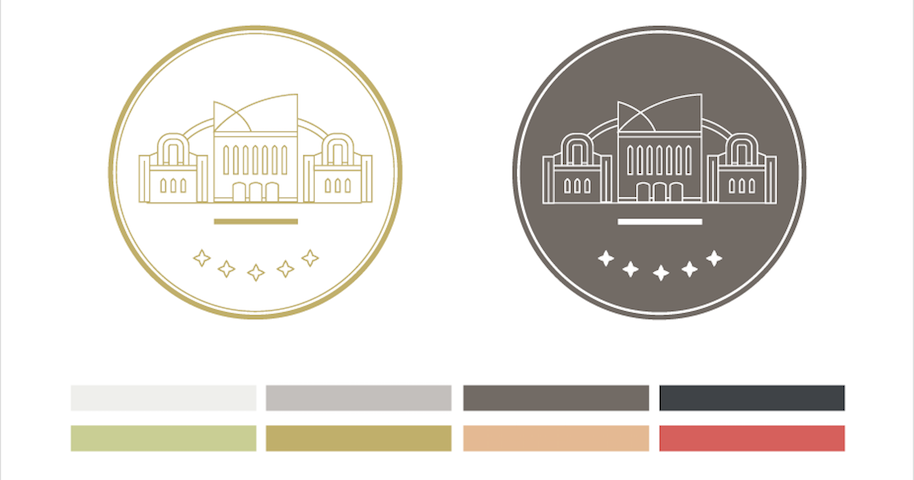As video footage becomes increasingly popular, it would not surprise me if one day websites such as YouTube surpass Google in regards to searching for information. Anyone working with video footage constantly needs new visual material such as After Effects, Premiere templates, animation and footage to speed up their process and improve their video quality. Nowadays, there are so many After Effects templates online -some expensive, some less, some even free. But inside this sea of AE templates, which ones to choose? What should you look for when you want to purchase an Adobe After Effects template?
I am going to go over 2 perspectives: What you should know as a buyer and what you should know as a seller.
What to Buy After Effects Template?
Here is a useful checklist of what you should know and look for when you buy an after effects template.
What is your level of expertise?
If you are a beginner in After Effects, double check that the After Effects template you are about the get has:
– Simple and easy pre-made settings to change the elements you need
– The project is organized
– Does not require a specific plug-in
– PDF Tutorial or Video are included in the package
Sometimes After Effects projects can be complicated with lot of layers, which can become confusing if you don’t know where to look.
Beginners can also benefit from the intermediate tips, so keep reading..
If you are an Intermediate in After Effects, make sure:
– The template doesn’t have crazy scripts/expressions that you can’t handle easily
– You have the required plug-ins other the template will be useless
– Some template require a little bit of knowledge in 3D and Cinema 4D
After Effects Template Cost
After Effects template prices can vary a lot. I would say if you are on a tight budget, don’t stick to one website only. Do a little bit of research online and compare the prices and values. You might find really good templates that are affordable for your needs.
Quality
From a simple video animation preview, it is sometime hard to figure out if the After Effects template was made for super high resolution or simple HD 1920×1080. Here are a couple of hints that are helpful if you want to check the quality.
Check if that the AE template was made for 4k Video (3840×2160), even if you are working in HD.
In the After Effects template description, see if the motion graphic designer used vector illustrator file to make the animation. It will help if you plan on scaling up the animation on your project.
Sometimes After Effects templates are provided with pre-rendered 3d animation, particles and other effects, meaning that you can alter the animation/effects. If you are planing on modifying the animation and scaling it up, make sure in the template description that nothing is pre-rendered and you have the necessary plug in or 3D software.
Rendering time
Rendering is a tricky subject. Depending on how the After Effects template was built, it can render really fast or extremely slow.
Here are the things to look for before you buy:
– 3D Animations are pre-rendered (this will save you time)
– Effects made with plug-ins are pre-rendered as a video file
– Check comments from previous buyers if possible.
If you are in doubt and have a slow computer, don’t be afraid contact the seller and ask for an approximate amount of time it takes to render, so you don’t end up spending hours on the rendering part.
Copyright
Last but not least, when you buy an after effects template, footage or any other digital product, check the copyright and licensing fees, depending on what you will use the template for. Check whether the template/video is:
Royalty free
Has any license fees
You can use it multiple time or only for a single application
Check if you can use it for web or movies…
Just do your due diligence so in the end you are protected against lawsuits and trouble.
Other Things You should know
Due to the popularity of some After Effects templates, some are widely spread and distributed illegally for free or for a minimal price. Be weary of these and buy only from trusted or legit websites.'
Want to Sell After Effects Template?
If you are an artist, animator, or video editor and want to sell your After Effects Templates and animations online, there are a bunch of websites on which you can sell your templates. I will go over them in a moment. But the first question is how much money you want back in your pocket ?
Here is a little bit of my own research. Wherever you sell After Effects templates and videos, expect the website seller to take a cut from your sale. Here are the details of a few common website, as of July 2018:
– EnvatoMarket 30%
– Pond5 50%
– MotionArray 50%
– Adobe Stock 65%
– Video Block 40%
All the websites above get a good amount of traffic, but the real question is do you really want to sell your videos and After Effects template elsewhere after the hard work? Some animator are ok with that, especially if they are producing a few products here and there. However, if you intend to produce a lot, I would encourage you to maybe create your own online shop and website. That way, you are in control of what you put on your website and you can start selling immediately without waiting weeks for approval or risk getting your animation rejected. I decided to venture out and create my own shop and plant the seeds in my own back yard so to speak and it feels very rewarding.
Things you should know if you want to sell videos and after effects template on other websites
As I mentioned above, putting your digital product for sale on other websites can be slow and those websites can be picky. Don’t feel discouraged if you go that route. Try again and submit elsewhere. Once selected, you can take advantage of the enormous amount of traffic that these sites garner and create your own passive income.
































